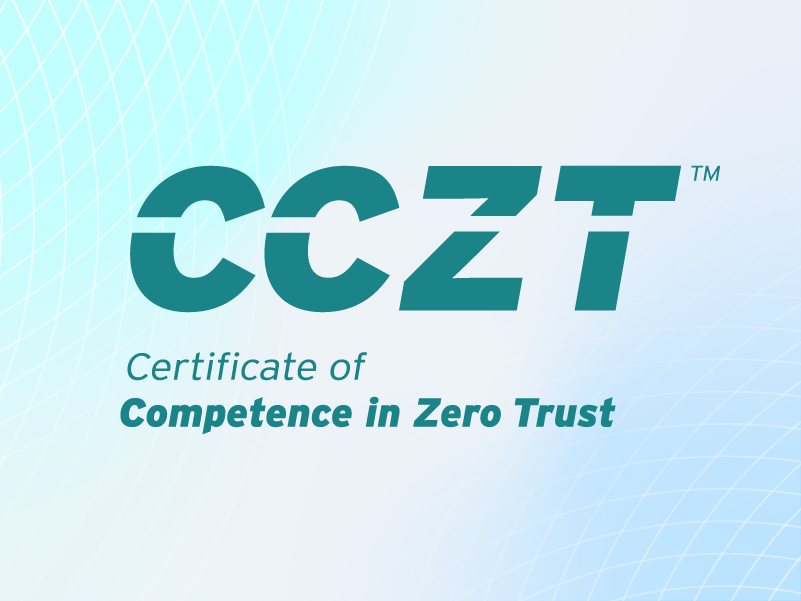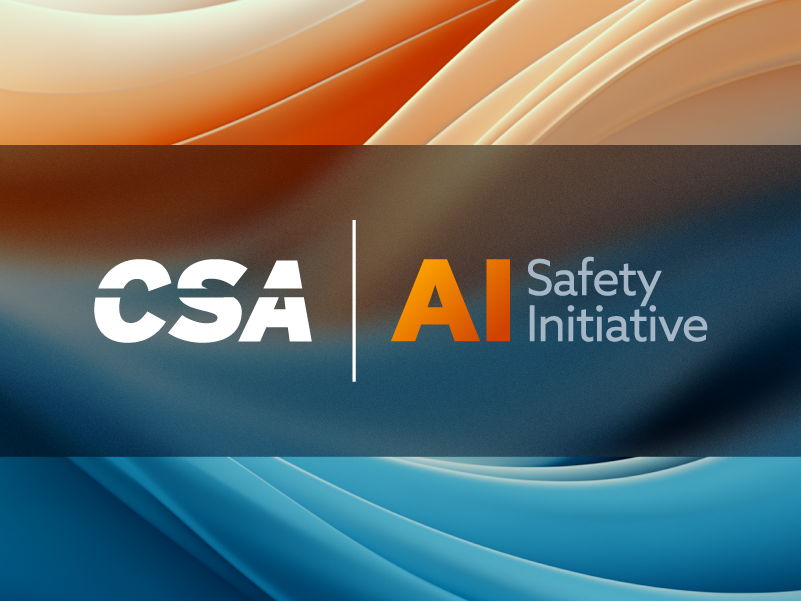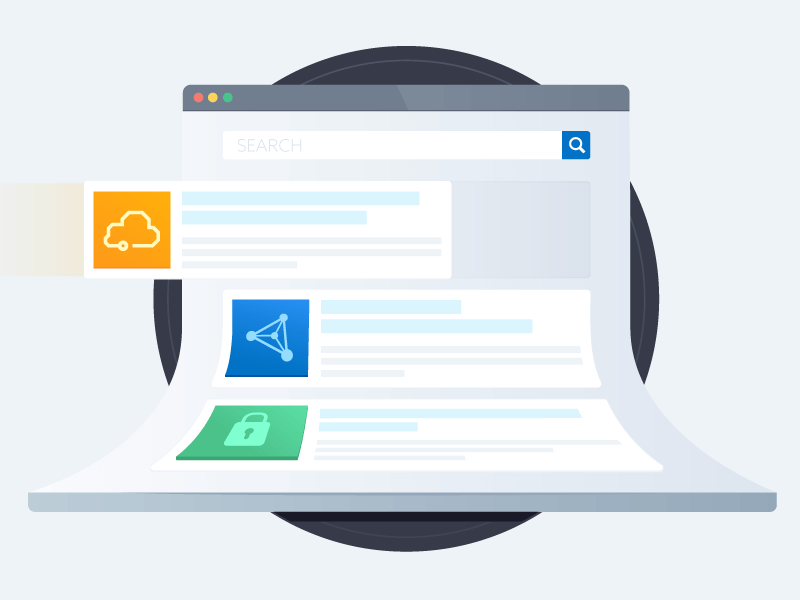API Security in the AI Era
Published 09/09/2025
Application Programming Interfaces have been the connective tissue of modern IT environments for decades, but the way they're being used is undergoing a fundamental shift. Once primarily a behind-the-scenes integration layer for web and mobile apps, APIs are now the primary gateway for AI systems, cloud services, and distributed applications.
This shift isn't just a change in scale; it's a change in the threat model. AI systems powered by LLMs consume and generate vast amounts of data. Much of this data flows through APIs that are publicly documented, rapidly evolving, and often lightly monitored compared to traditional network interfaces. In effect, APIs have become the front door, the delivery truck, and sometimes the vault for sensitive enterprise data.
According to numerous reports, API-related breaches are increasing, detection is inconsistent, and the introduction of AI-driven API use is expanding the volume and variety of attacks.
The Evolving API Threat Landscape and Challenges in the AI-Driven Era
Machine-to-Machine Traffic Is the New Normal
Where humans once triggered most API calls, logging into portals, requesting data, or submitting forms, AI systems now initiate these calls autonomously and at a much larger scale. APIs that were called a few hundred times a day may now see thousands of requests per minute from AI-powered workloads.
AI agents can also chain multiple APIs together, making complex decisions on which endpoints to hit next. These tools can generate highly diverse requests based on user prompts or environmental data, which makes anomaly detection harder because there is no static "baseline" pattern to compare against.
Traditional "Known Bad" Detection Doesn't Cut It
Attackers leverage AI to modify payloads, obfuscate malicious code, or generate "synthentic" request sequences that evade simple signature-based rules. Organizations with hundreds of APIs struggle to patch and update detection rules quickly enough to cover all exposed endpoints. Relying on WAF rules and OWASP Top 10 coverage alone leaves significant gaps.
Public APIs Are Now High-Value Targets
Generative AI tools can automatically parse publicly available API documentation and generate ready-made attack scenarios, drastically reducing manual effort. They can also automate the harvesting of public API data for purposes such as model training, intellectual property theft, or competitive intelligence gathering.
AI Is Expanding the Number and Variety of APIs
API adoption is accelerating due to AI-driven integrations, with content APIs, data APIs, service APIs, streaming APIs, and other variants emerging faster than many teams can track or secure. This rapid growth often includes Shadow APIs — undocumented endpoints that bypass security reviews; Zombie APIs — outdated ones that remain accessible; and Orphaned APIs — endpoints without a clear owner in the organization. APIs developed for internal AI experiments often lack proper documentation and version control, resulting in long-term security debt.
Furthermore, AI systems may depend on chains of third-party APIs, introducing vulnerabilities outside the organization's direct control. Vendor API changes can introduce security regressions without notice.
11 Actionable Recommendations & Best Practices
- Build and Maintain a Real-Time API Inventory: Deploy automated discovery tools that scan all environments — cloud, on-prem, containers, and edge — for APIs. Classify them as public, partner, or internal. Tag those linked to AI systems. Integrate inventory checks into CI/CD so any new API is logged before deployment. Regularly reconcile with network and application inventories to identify shadow or orphaned APIs.
- Adopt a Positive Security Model for AI-Integrated APIs: Use OpenAPI or Swagger specs to define exactly what "good" traffic looks like. Enforce schema validation at the API gateway and reject any request that doesn't match. Apply rate limits to prevent excessive AI-driven requests. Deploy behavioral anomaly detection to learn standard AI agent patterns and flag deviations in real time. Treat positive security modeling as a living process that updates with API changes.
- Secure API Authentication and Authorization: Implement short-lived tokens with automatic expiry and rotate keys regularly. Use secrets management platforms to store credentials securely. Require mTLS for machine-to-machine API calls. Apply OAuth 2.0 scopes or ABAC rules to restrict token permissions. For AI endpoints, separate permissions by function - training data upload, inference, or model management, to prevent overprivileged access.
- Monitor for API Drift and Unauthorized Changes: Set up automated drift detection that compares live API behavior against the approved specification. Use version control for all API specs and enforce code review for any change, especially those linked to AI. Pair drift monitoring with endpoint fingerprinting so you can quickly spot newly exposed functionality or parameters added outside governance.
- Detect and Block Data Exfiltration: Implement DLP rules at the API gateway to scan outbound responses for sensitive patterns like PII, API keys, or intellectual property. Use regex and AI-based content filters for deeper inspection. Alert on unusually large response payloads, especially from AI endpoints. Apply contextual rules, such as flagging financial data that leaves via APIs connected to LLMs. Consider real-time blocking for confirmed exfiltration attempts.
- Prepare for Adversarial AI Threats: Test APIs with crafted malicious inputs like prompt injection, malformed data, or model evasion attempts. Add input sanitization for all text, file, or image inputs before they reach the AI model. Maintain a rollback plan for reverting to a safe model version if poisoning is detected. Train developers to recognize adversarial patterns and validate AI system outputs before they are trusted, embedding an AI mindset directly into the development lifecycle.
- Strengthen Incident Response for API-Driven Breaches: Feed enriched API logs - including IP, token ID, and request fingerprint — into your SIEM. Maintain API-specific runbooks detailing who to contact, containment steps, and recovery processes. Practice simulations involving chained API attacks or AI-related abuse to validate your response workflows and reduce time to detection.
- Embed API Security into DevSecOps: Automate API scanning in your CI/CD pipelines with both static and dynamic testing. Fail builds that introduce insecure endpoints or bypass authentication. Require security sign-off for AI-facing APIs before production release. Use dependency scanning to ensure AI-related libraries are patched. Embede spec validation and fuzz testing as part of continuous integration, not just periodic reviews.
- Foster API Security Expertise in the Workforce: Create targeted training sessions on OWASP API Top 10, AI API risks, and adversarial ML threats. Encourage developers, security engineers, and AI specialists to share insights regularly. Sponsor attendance at security conferences or workshops. Use internal hackathons to simulate API attack-defense scenarios to boost practical skills.
- Apply the Principle of Least Privilege from Day One: Use role-based and attribute-based access controls for all APIs. Assign granular scopes — e.g., separate tokens for "inference" vs. "model training." Restrict sensitive API endpoints to approved IP ranges or devices. Issue ephemeral credentials for administrative actions and revoke them immediately after use. Periodically audit privileges to ensure they still match business needs.
- Secure the Data Supply Chain: Sign and verify all AI model artifacts before deployment. Secure all data pipelines — encrypt in transit. Scan all dependencies, including AI libraries, for vulnerabilities before release. Maintain version control for datasets and models. Apply SBOM principles to API integrations so every component can be tracked and verified.
Conclusion
APIs are no longer just a backend convenience. In the AI era, they are the core arteries of digital business. Their exposure, complexity, and velocity have increased dramatically, and so has the sophistication of threats targeting them.
IT and security professionals who combine continuous visibility with adaptive, AI-aware security practices will be best positioned to safeguard their organizations.
Related Resources



Unlock Cloud Security Insights
Subscribe to our newsletter for the latest expert trends and updates
Related Articles:
AAGATE: A NIST AI RMF-Aligned Governance Platform for Agentic AI
Published: 12/22/2025
Agentic AI Security: New Dynamics, Trusted Foundations
Published: 12/18/2025


.png)
.jpeg)
.jpeg)

.jpeg)